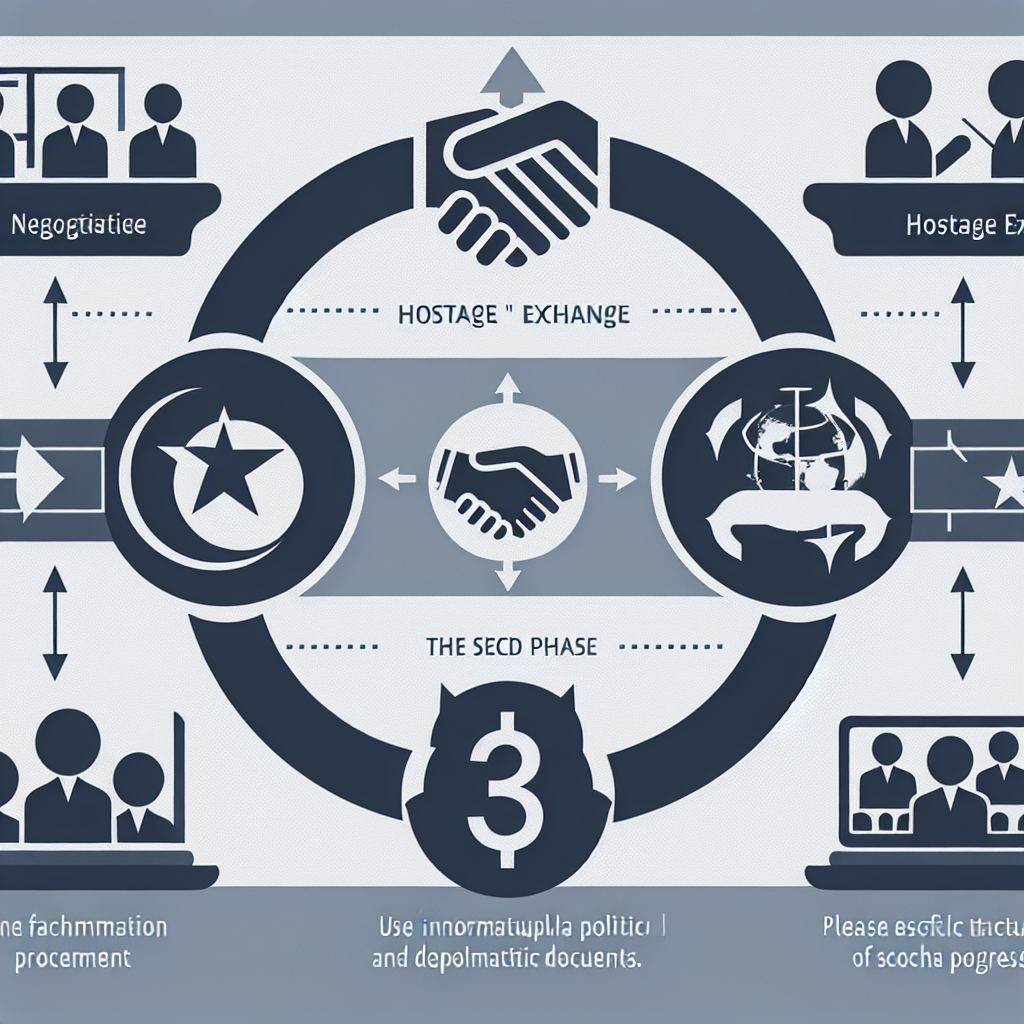Understanding the 3-Phase Gaza Deal: Hostage Exchange and Key Details
Understanding the 3-Phase Gaza Deal: Hostage Exchange and Key Details
Introduction to the Gaza Deal
The recent Gaza deal, a significant diplomatic effort, aims to address the ongoing conflict through a structured three-phase approach. This agreement focuses on a hostage exchange and other critical elements designed to foster stability and peace in the region.
Phase 1: Immediate Hostage Exchange
The first phase of the deal centers on the immediate exchange of hostages, a crucial step to build trust between the conflicting parties. This phase is designed to:
- Facilitate the release of hostages held by both sides.
- Ensure the safe return of civilians to their respective territories.
- Set a precedent for future negotiations and cooperation.
Phase 2: Ceasefire and Humanitarian Aid
Following the successful exchange of hostages, the second phase focuses on establishing a ceasefire and providing humanitarian aid. Key objectives include:
- Implementing a temporary ceasefire to halt ongoing violence.
- Allowing humanitarian organizations to deliver essential supplies and medical aid.
- Creating safe zones for civilians affected by the conflict.
Phase 3: Long-term Peace Negotiations
The final phase aims to lay the groundwork for long-term peace negotiations. This phase involves:
- Engaging in comprehensive talks to address underlying issues.
- Involving international mediators to facilitate dialogue.
- Developing a framework for sustainable peace and coexistence.
Conclusion: A Path Towards Peace
The 3-phase Gaza deal represents a strategic approach to resolving a complex conflict. By prioritizing immediate humanitarian concerns and setting the stage for long-term negotiations, this agreement offers a hopeful path towards lasting peace in the region. The success of this deal hinges on the commitment of all parties involved to uphold their agreements and work collaboratively towards a peaceful future.
















